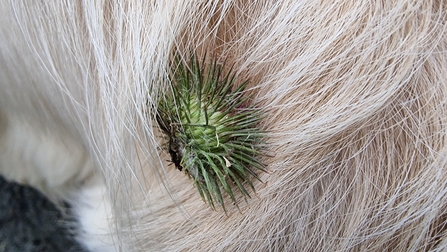A Fruit and Nut Case
All flowering plants have seeds in some form or another but there is a huge diversity in size, shape and structure. This can range from the almost microscopic seeds of orchids to the famously gigantic nuts of the coco de mer palm, native to only two islands in the Seychelles, which can weigh up to 30kg. This diversity is further enhanced by the variation in the amount of material added around the seeds by the parent plant to form a ‘fruit’ as well as the seeds being clustered together in pods and fruiting bodies. With the exception of plants like orchids that rely on associations with mycorrhizal fungi to support germination, the seed contains the dormant embryo and enough nutrients to support germination of the seed and formation of the initial root and first leaf-like structures (cotyledons) before the true leaves start to develop.


